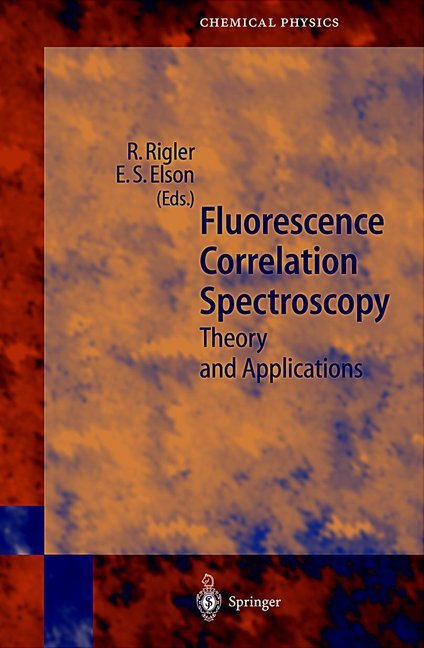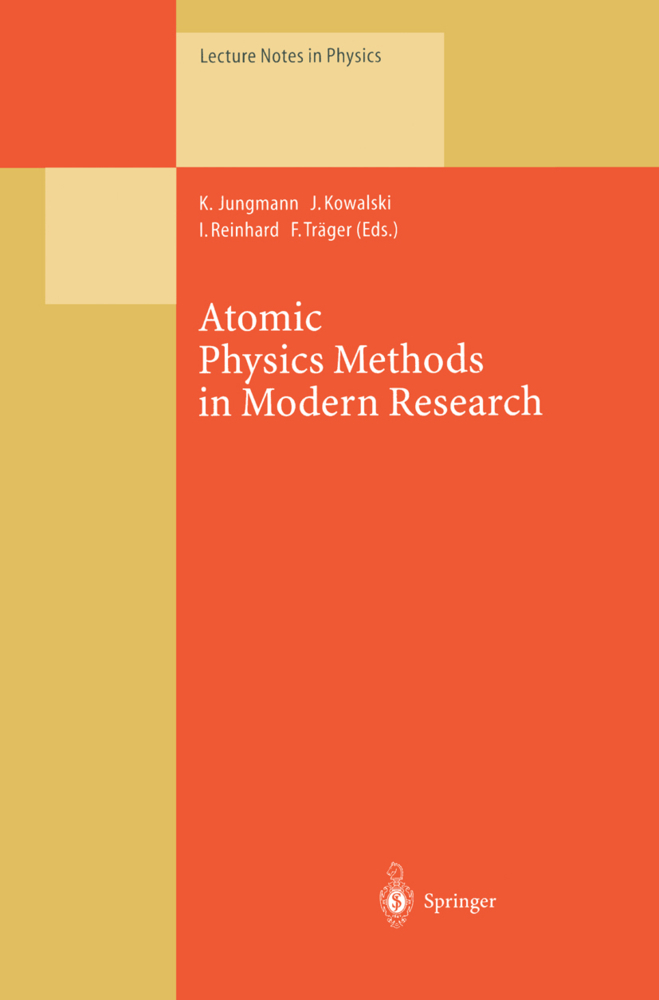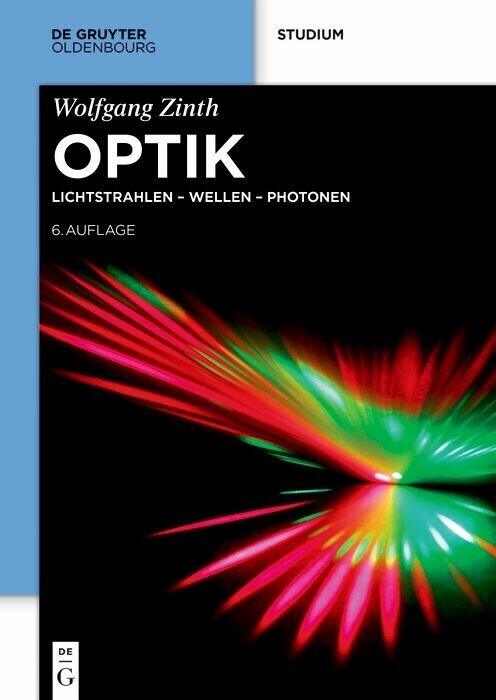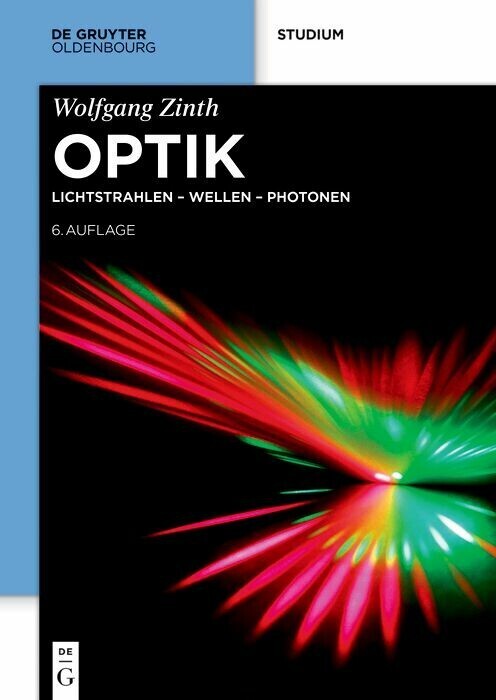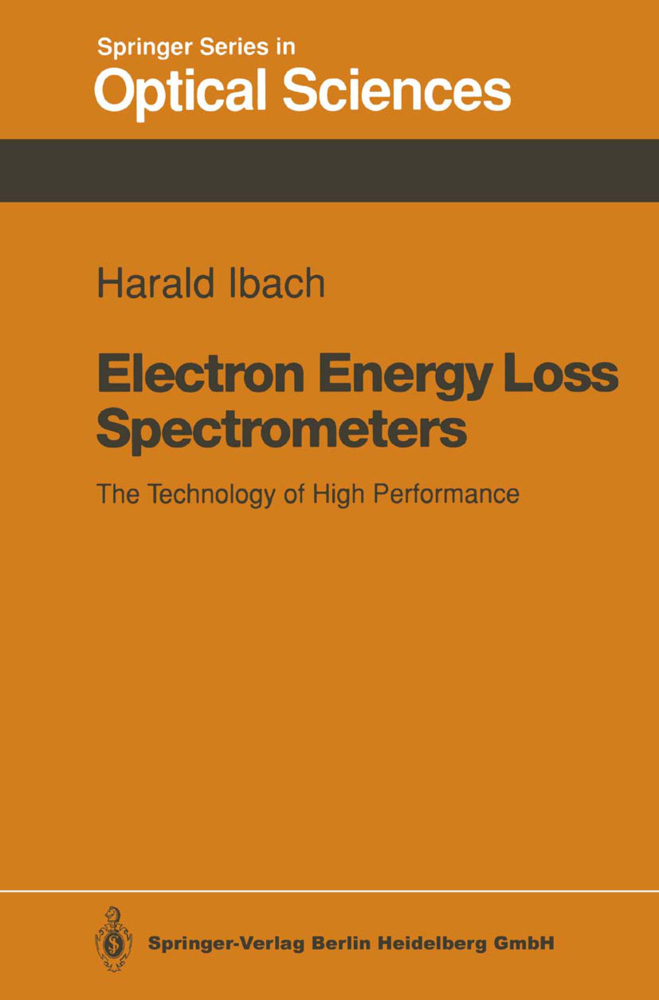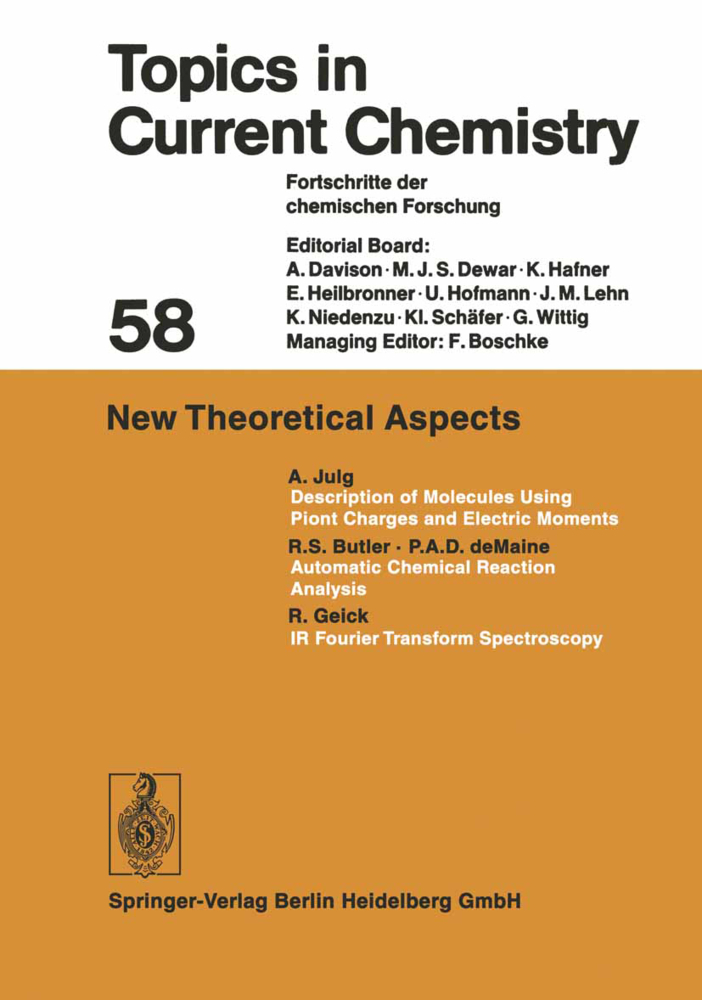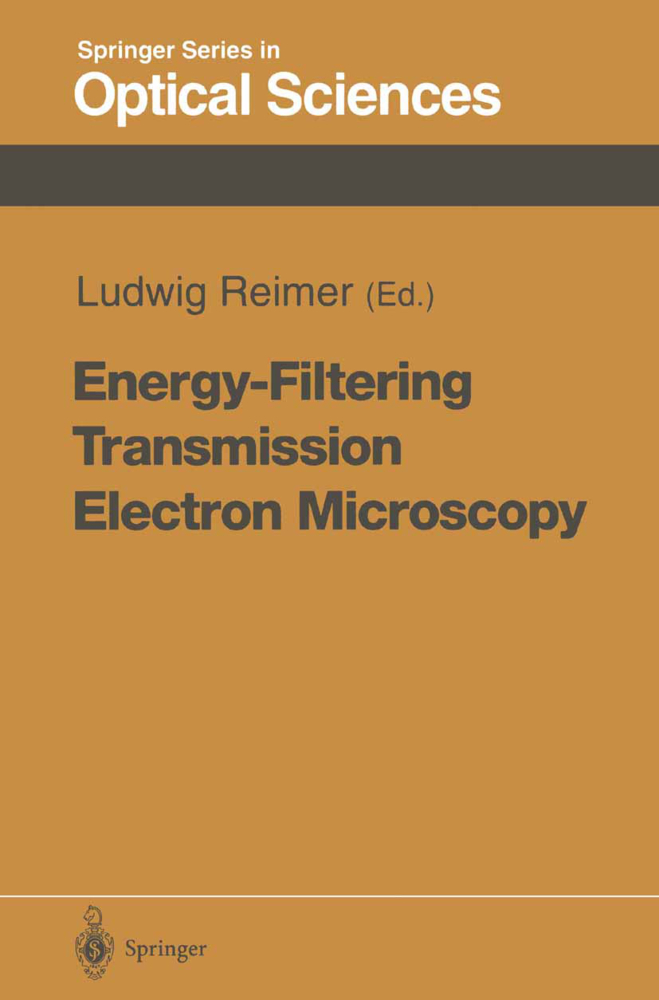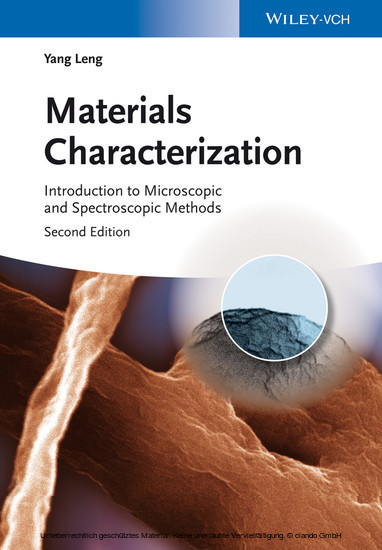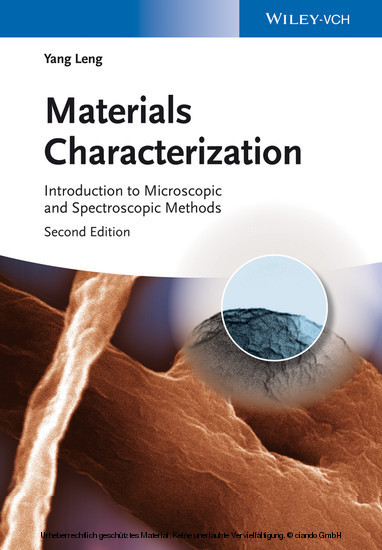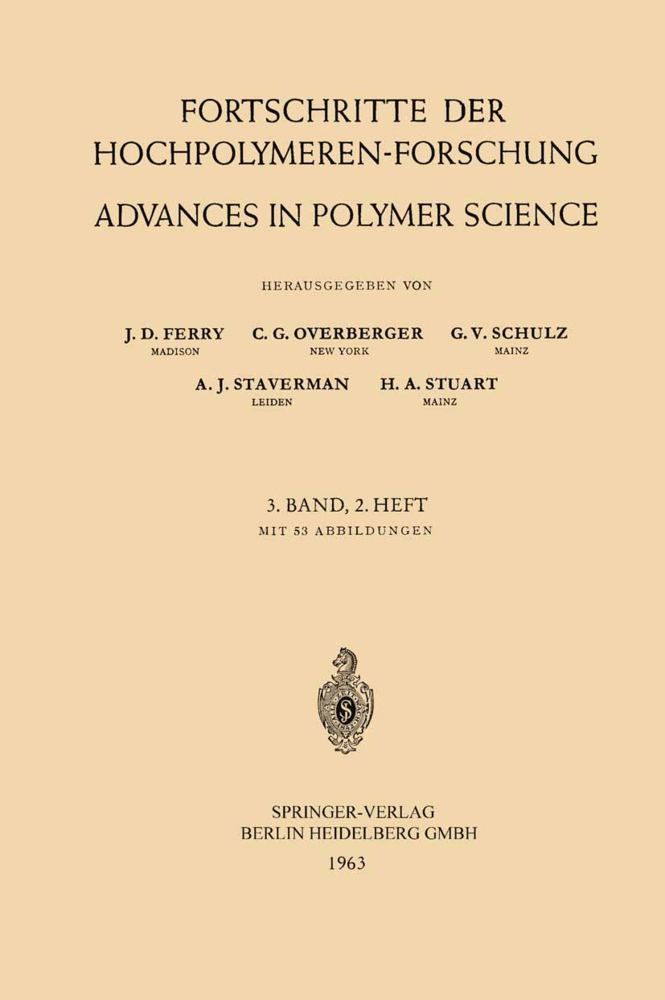Fluorescence Correlation Spectroscopy
Theory and Applications
Fluorescence Correlation Spectroscopy
Theory and Applications
Fluorescence correlation spectroscopy (FCS) was developed in order to char acterize the dynamics of molecular processes in systems in thermodynamic equilibrium. FCS determines transport and chemical reaction rates from mea surements of spontaneous microscopic thermally driven molecular concentra tion fluctuations. Since its inception, and particularly in recent years, techni cal and conceptual advances have extended the range of practical applicability and the information obtainable from FCS measurements. Improvements in microscopy, data acquisition, and data processing have greatly shortened the time required for FCS measurements. FCS can now be routinely applied to labile systems such as cells, and for the acquisition of large volumes of data as required for high-throughput screening. Cross correlation methods pro vide a powerful tool for characterizing interactions among different molecular species. Analysis of the amplitude of concentration fluctuations can provide a wealth of information about aggregation/polymerization process and the compositions of mixtures. Furthermore, FCS provides a bridge between conventional measurements of dynamic processes on a macroscopic concentration scale and the currently developing field of single molecule measurements. Both FCS and single mole cule approaches measure directly stochastic fluctuations in molecular pro perties, and so must be analyzed by statistical methods to yield conventional phenomenological parameters. As commonly practiced, FCS yields these phe nomenological parameters, e. g. , diffusion coefficients and chemical rate con stants, directly in terms of a fluorescence fluctuation autocorrelation func tion.
I FCS in the Analysis of Molecular Interactions
2 Fluorescence Correlation Spectroscopy of Flavins and Flavoproteins
3 Fluorescence Correlation Spectroscopy in Nucleic Acid Analysis
4 Strain-Dependent Fluorescence Correlation Spectroscopy: Proposing a New Measurement for Conformational Fluctuations of Biological Macromolecules
5 Applications of FCS to Protein-Ligand Interactions: Comparison with Fluorescence Polarization
II FCS at the Cellular Level
6 FCS-Analysis of Ligand-Receptor Interactions in Living Cells
7 Fluorescence Correlation Microscopy (FCM): Fluorescence Correlation Spectroscopy (FCS) in Cell Biology
8 FCS and Spatial Correlations on Biological Surfaces
III Applications in Biotechnology, Drug Screening, and DiagnosticsPart 2 FCS at the Cellular Level
9 Dual-Color Confocal Fluorescence Spectroscopy and its Application in Biotechnology
10 Nanoparticle Immunoassays: A new Method for Use in Molecular Diagnostics and High Throughput Pharmaceutical Screening based on Fluorescence Correlation Spectroscopy
11 Protein Aggregation Associated with Alzheimer and Prion Diseases
IV Environmental Analysis and Monitoring
12 Application of FCS to the Study of Environmental Systems
13 Photophysical Aspects of FCS Measurements
V New Developments and Trends
14 Fluorescence Correlation Spectroscopy: Genesis, Evolution, Maturation and Prognosis
15 ConfoCor 2 The Second Generation of Fluorescence Correlation Microscopes
16 Antibunching and Rotational Diffusion in FCS
17 Cross-correlation analysis in FCS
18 Cross-correlated Flow Analysis in Microstructures
19 Introduction to the Theory of Fluorescence Intensity Distribution Analysis
20 Photon Counting Histogram Statistics
21 High Order Autocorrelationin Fluorescence Correlation Spectroscopy
22 FCS in Single Molecule Analysis.
1. Introduction
ReferencesI FCS in the Analysis of Molecular Interactions
2 Fluorescence Correlation Spectroscopy of Flavins and Flavoproteins
3 Fluorescence Correlation Spectroscopy in Nucleic Acid Analysis
4 Strain-Dependent Fluorescence Correlation Spectroscopy: Proposing a New Measurement for Conformational Fluctuations of Biological Macromolecules
5 Applications of FCS to Protein-Ligand Interactions: Comparison with Fluorescence Polarization
II FCS at the Cellular Level
6 FCS-Analysis of Ligand-Receptor Interactions in Living Cells
7 Fluorescence Correlation Microscopy (FCM): Fluorescence Correlation Spectroscopy (FCS) in Cell Biology
8 FCS and Spatial Correlations on Biological Surfaces
III Applications in Biotechnology, Drug Screening, and DiagnosticsPart 2 FCS at the Cellular Level
9 Dual-Color Confocal Fluorescence Spectroscopy and its Application in Biotechnology
10 Nanoparticle Immunoassays: A new Method for Use in Molecular Diagnostics and High Throughput Pharmaceutical Screening based on Fluorescence Correlation Spectroscopy
11 Protein Aggregation Associated with Alzheimer and Prion Diseases
IV Environmental Analysis and Monitoring
12 Application of FCS to the Study of Environmental Systems
13 Photophysical Aspects of FCS Measurements
V New Developments and Trends
14 Fluorescence Correlation Spectroscopy: Genesis, Evolution, Maturation and Prognosis
15 ConfoCor 2 The Second Generation of Fluorescence Correlation Microscopes
16 Antibunching and Rotational Diffusion in FCS
17 Cross-correlation analysis in FCS
18 Cross-correlated Flow Analysis in Microstructures
19 Introduction to the Theory of Fluorescence Intensity Distribution Analysis
20 Photon Counting Histogram Statistics
21 High Order Autocorrelationin Fluorescence Correlation Spectroscopy
22 FCS in Single Molecule Analysis.
| ISBN | 9783642640186 |
|---|---|
| Artikelnummer | 9783642640186 |
| Medientyp | Buch |
| Auflage | Softcover reprint of the original 1st ed. 2001 |
| Copyrightjahr | 2011 |
| Verlag | Springer, Berlin |
| Umfang | 487 Seiten |
| Abbildungen | XX, 487 p. |
| Sprache | Englisch |

